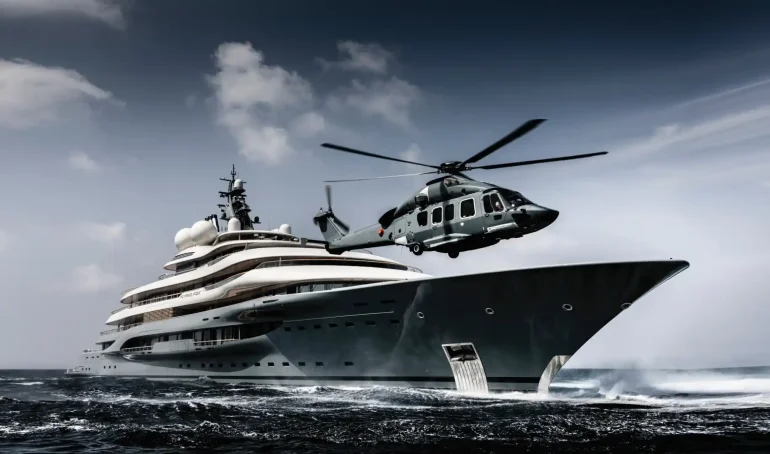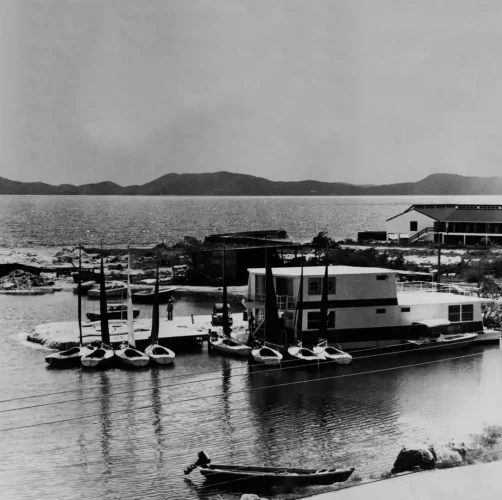What goes around comes around – So, how has sailing become more hi-tech over the years?
Whatever you may hear, the hull designs are pretty much the same, the sails haven’t changed much in their configuration, the masts are still tall bits of metal or wood poking out of the deck, the wheel still steers the whole thing, and in most cases the pointy end faces the way you want to go. As long as the wind blows and the wheel turns you move forward in a direction approximating your intended path.
And lines are still lines. For all those that are developed containing weirdly named component parts like technora, dyneema and vectran, if they are so much better then how come polyester line still works and lasts forever?
Blocks are still blocks, even if they have “radical new ball bearing, ratchet and head link systems.” Does a sailor really study the labels to make sure he picks the one that has generation 2 cross hole geometry for optimal performance, or does he just want to know if his ball bearings are acetal, captive torlon or carbon black balls? Maybe he is more concerned his block has asymmetric sculptured side plates to eliminate heavy shear tubes. Maybe he just needs it to haul up his sheets so he can get on with sailing.
Moving on, does the sailor in you yearn for a domino cluster mechanism on your rope clutches, or do you pick the power clutch featuring a solid monocoque aluminium housing? And, more importantly, why are they called rope clutches when they hold lines? Of course, I’ve skirted over the vast array of winches today’s yachty can purchase. Undoubtedly useful, but do we really need a dizzying range of one speed or two speed, some geared some not, anodized aluminium or chrome finish or self tailing or non-self tailing with an optional vario switch winches? I mean, all you have to do with these things is insert a handle and wind away. If sailing was supposed to be fast, why do it on a slow moving ocean at the mercy of the wind?
Were canvas sails so bad that they had to be replaced with polyester? P-phenylene-2,6-benzobisoxazole (PBO) is a mouthful and by all accounts is a rigid-rod isotropic crystal polymer! It’s admittedly only used by top end performance racers, but it is just the top of a long list of weird and wonderfully created names for what is basically something that reduces air flow in order to propel a floating object in roughly the way you think you should be heading.
At least no one can reinvent the wheel, I hear you cry. Well, actually that’s almost true but not quite. On the market now is a folding wheel which is hinged to allow better access to your cockpit. But it still steers in the same way: you turn it left or right and the boats rudder twists via series of pulleys and wires – some of the pullies may actually be made up of something as old fashioned as bronze… but then again those that do may have just gone and created a new version.





